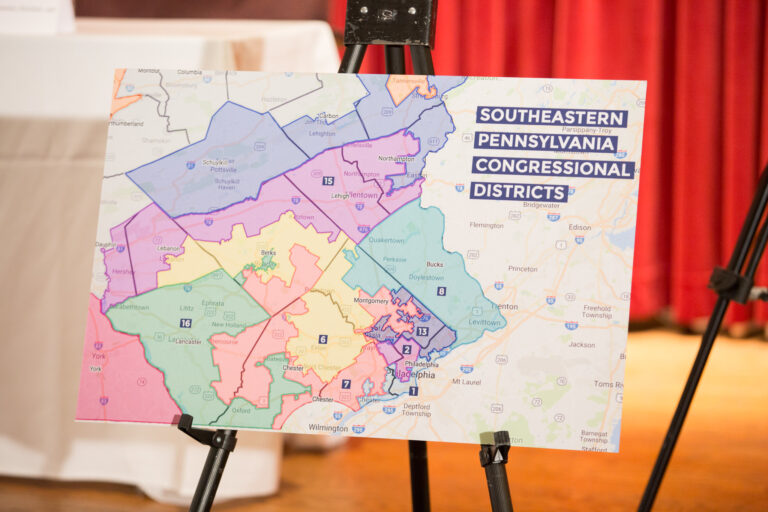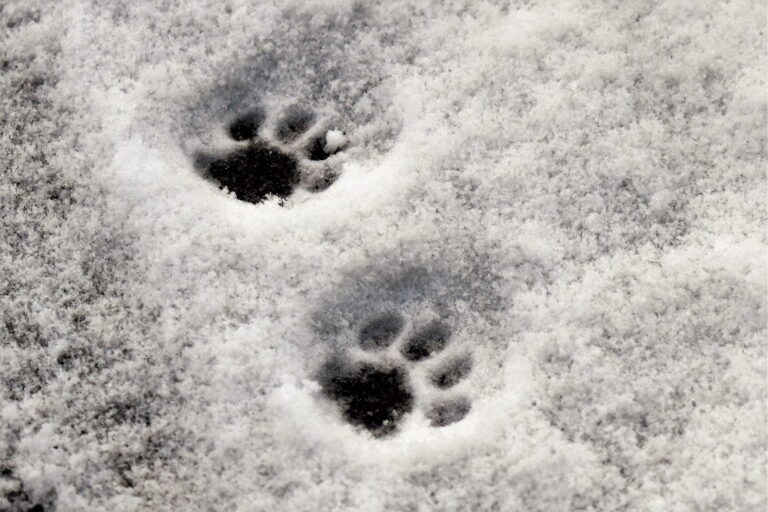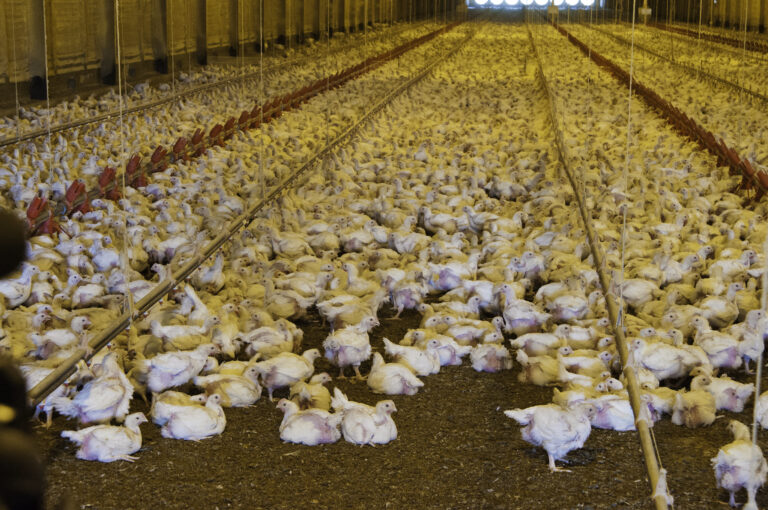Heylee Bernstein is a student at Harvard Law School and a member of the Labor and Employment Lab.
In February, the Athlete’s Advisory Council, a group composed of US Olympic athletes, met with the United States Olympic Committee. The AAC presented a new idea to increase athletes’ voice and power within the USOC: unionization. But unionization is not the AAC’s only avenue to collective power, and, over the next few months, the AAC will explore “options for amplifying athletes’ voices.” The AAC wants to maximize athletes’ “earnings with fewer restrictions imposed by the bureaucracy of sports governing bodies.”
Following the recent trend of other (mostly) amateur athletes using labor methods to gain recognition from their governing bodies, the AAC should consider opportunities to exercise collective worker action as both employees, and not as employees. Examples from the Northwestern football players, German Olympic athletes, and the women’s US hockey team can inform the AAC on how best to flex their collective worker muscle.
Background
The USOC is the governing body for the United States’ National Olympic Committee and National Paralympic Committee. It is responsible for fielding the players on Team USA for a variety of Olympic games. National governing bodies for specific sports, such as USA Gymnastics, serve as member organizations of the USOC. The national governing bodies have responsibilities related to athlete-members of their own organizations. USA Gymnastics, for example, “sets the rules and policies that govern the sport of gymnastics, including selecting and training the U.S. Gymnastics Teams for the Olympics and World Championships.”
The AAC is an athlete-composed group within the USOC. It communicates between the USOC, its board of directors, and active athletes.
Why Now?
The time is ripe for US Olympic athletes to utilize their collective power to improve working conditions: it is no secret that Olympic athletes often struggle financially to compete in Olympic games. Take, for example, US Ski & Snowboard. The Washington Post reported that only 8% of the USOC’s $336 million revenue in 2016 went to players. So while the US Ski & Snowboard CEO earned $512,683 in 2016, US Ski & Snowboard athletes relied on GoFundMe campaigns for travel expenses to the 2018 Winter Olympics in Pyeongchang. Note the USOC is a non-profit.
However, the USOC claims about 82% of its budget “has a direct impact on its mission of supporting athletes.” These expenses include coaches’ salaries, operating training centers, and stipends to top athletes. In 2017, the USOC paid more than $27 million to athletes via stipends, healthcare, tuition, and medal bonuses. It earned $183 million in revenue that year.
Athletes are not guaranteed any compensation for competing in the Olympics. After years of grueling training, athletes will receive $37,500 if they win a gold medal, $22,500 for silver, and $15,000 for bronze. Beyond compensation, the recent unearthing of USA Gymnastics doctor Larry Nassar’s widespread abuse and assault of athletes highlights athletes’ need for increased oversight for their own safety.
A Potential Employment Test
Taking a cue from amateur athletes similarly attempting to exert collective action over a massive-revenue-reaping governing body, the AAC could argue they are the USOC’s employees. They might follow the standard enumerated in Regional Director Ohr’s March 2014 decision finding Northwestern football players receiving grant-in-aid scholarships are the university’s employees under the NLRA.
The decision highlighted that the players perform services for which they are compensated, and which Northwestern benefits from. Northwestern’s football program generated $235 million in revenue between 2003-2012, and its players receive scholarships in exchange for their athletic services. The athletes are subject to Northwestern’s control, through factors such as exacting training schedules and adherence to NCAA rules. So too do Olympic athletes generate revenue for the USOC. Instead of scholarships or compensation, they receive performance rewards, as well as support in the form of training facilities, coaches, health insurance, and career services. The AAC will need to deal with the interplay between the USOC, sport-specific national governing bodies, and the International Olympic Committee to determine which party, if any, exercises the necessary control over the athletes.
And then there is the fact that the NLRB later declined to exercise jurisdiction over the Northwestern football players, finding that doing so would threaten the uniformity required by NCAA competitions and thus, undermine the NLRA’s purpose to promote labor stability. The NLRB’s uniformity concern might also apply to the AAC’s employment claim, as Olympic committees around the world field teams for international Olympic games. Even as it currently stands though, Olympic committees from different countries provide varying levels of support to their athletes. Given the momentum currently surrounding actions by amateur athletes to earn a cut of the revenue their labor generates, the AAC might consider aligning itself with the regional director’s favorable employment test.
Collective Action Examples to Follow
Regardless of if the athletes are employees, the AAC should consider the experience of other Olympic athletes exercising collective action without formal unions.
In 2017, 45 top German athletes founded Athleten Deutschland based on their belief that the German Olympic Sports Federation could not adequately represent athletes’ interests, despite the Federation’s own AAC-analogue. Athletes wanted an independent organization to advocate specifically on their behalf. Athleten Deutschland is concerned with athletes’ financial support, training conditions, and other objectives. Already, Athleten Deutschland has been recognized as a legitimate source of athlete voice. Germany provided federal funding to the group in June 2018.
It might be impossible for the USOC to ignore the influence of an independent organization of US Olympians, like Athleten Deutschland. Such an association might even work with the USOC while retaining its independence, distinguishing it from the current AAC, and earn a level of control over USOC decision-making.
The AAC might also take a cue from the US women’s hockey players’ boycott. The players negotiated with USA Hockey for 14 months without securing their demands for a living wage and increased support for women and girls’ hockey. The players announced they would sit out the International Ice Hockey Federation world championship on March 15, 2017.
On March 28, in the face of mounting pressure from the public, as well as from professional sports leagues, unions, and 22 US Senators who announced their support for the players, the players and USA Hockey reached an agreement. The agreement provided the players with $2,000 per month year-round from the USOC, larger medal bonuses, and the creation of an advisory group to advance women’s youth hockey. The team won the gold medal at the IIHF world championship on April 7.
The agreement was initially heralded as a successful display of worker power. However, the players continue to have issues with USA Hockey, including the promised advisory group proving largely ineffective. The AAC should acknowledge the success of achieving an agreement through public pressure and a boycott threat, but also recognize the agreement has not achieved its promise.
Ultimately, formal unionization, if it is possible, is likely to be the most powerful mechanism for the AAC to exert pressure on the USOC. However, the AAC should not ignore other promising avenues for collective power. Independent associations, threats of boycott, and public pressure can also be useful to the AAC’s fight to gain a stronger voice in the USOC.






Daily News & Commentary
Start your day with our roundup of the latest labor developments. See all
December 15
Advocating a private right of action for the NLRA, 11th Circuit criticizes McDonnell Douglas, Congress considers amending WARN Act.
December 12
OH vetoes bill weakening child labor protections; UT repeals public-sector bargaining ban; SCOTUS takes up case on post-arbitration award jurisdiction
December 11
House forces a vote on the “Protect America’s Workforce Act;” arguments on Trump’s executive order nullifying collective bargaining rights; and Penn State file a petition to form a union.
December 8
Private payrolls fall; NYC Council overrides mayoral veto on pay data; workers sue Starbucks.
December 7
Philadelphia transit workers indicate that a strike is imminent; a federal judge temporarily blocks State Department layoffs; and Virginia lawmakers consider legislation to repeal the state’s “right to work” law.
December 5
Netflix set to acquire Warner Bros., Gen Z men are the most pro-union generation in history, and lawmakers introduce the “No Robot Bosses Act.”